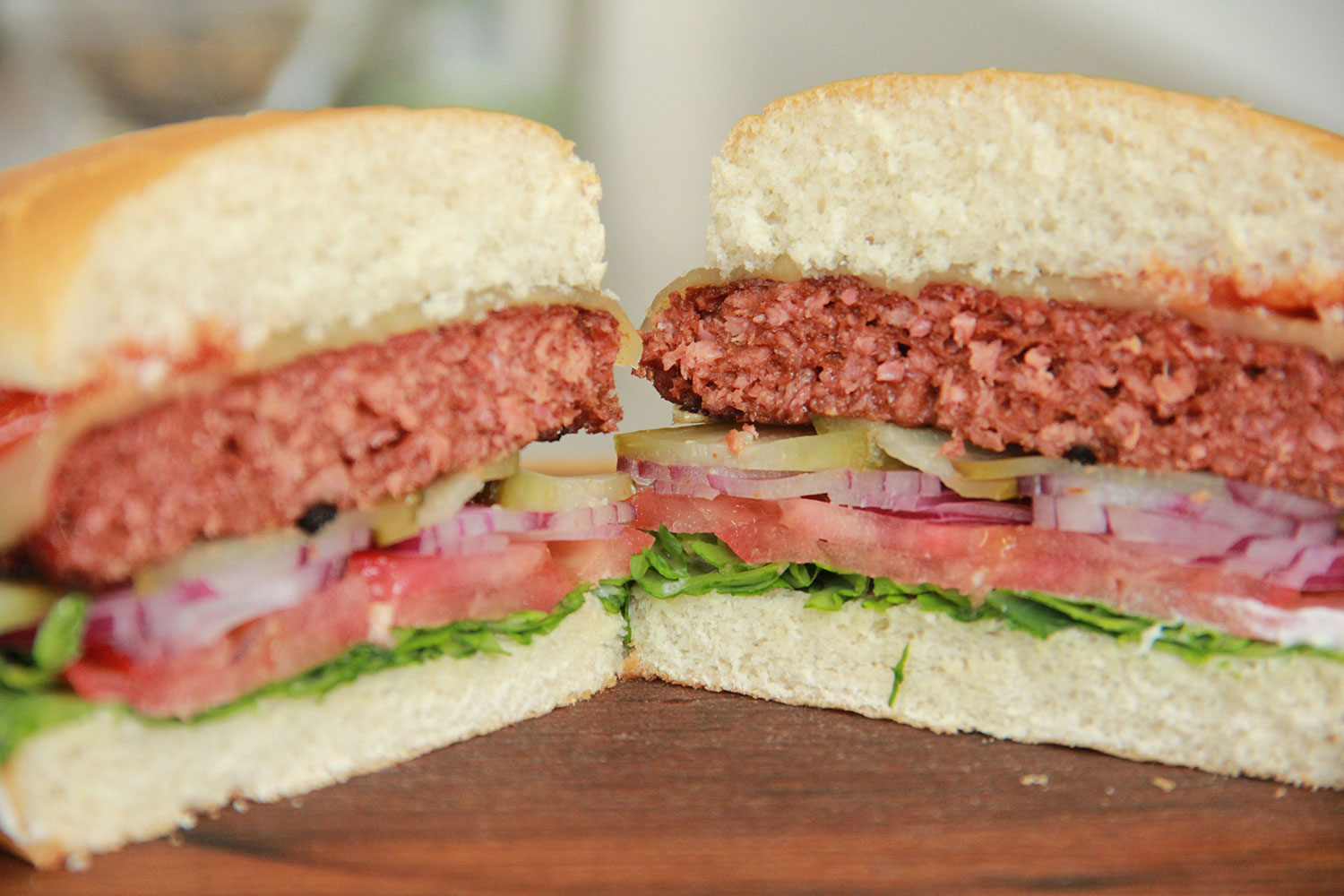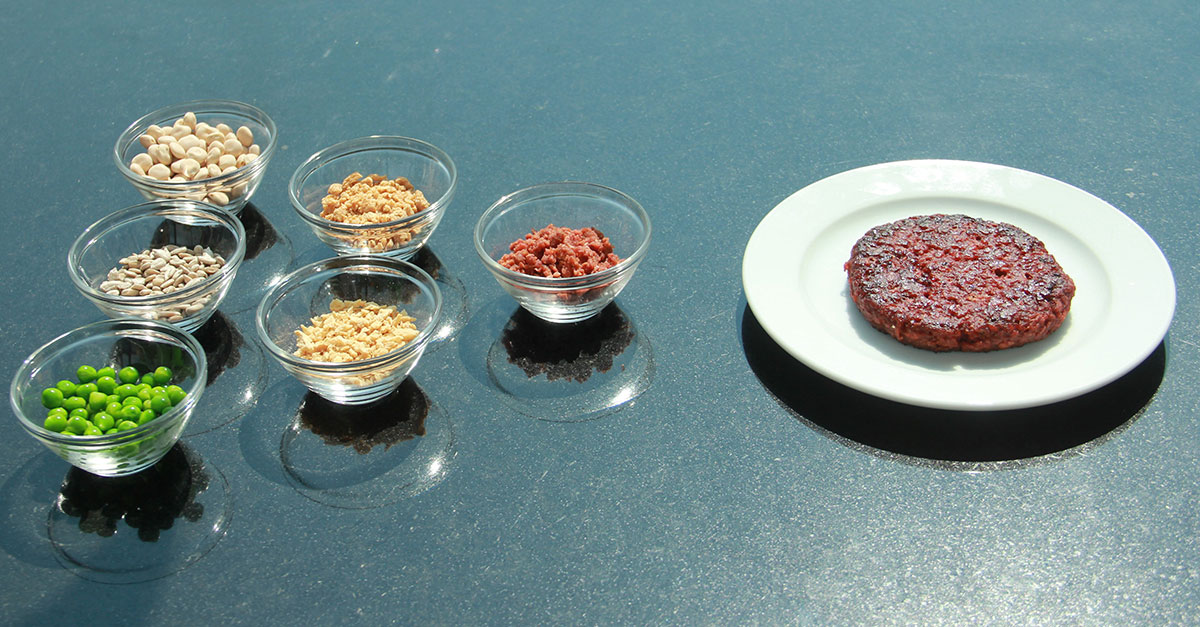

Vegetarian sausages, cutlets and burger patties should be as close to the original as possible – not only in terms of flavor, but also consistency, juiciness and texture. Fraunhofer researchers are working on customizing meat substitutes.
Health and environmental awareness is on the rise among the population, as also revealed in the growing demand for vegetarian meat alternatives. While tofu and seitan are already available on supermarket shelves, many vegetarians are looking for products that are more like meat. Substitute products like these have been around for years now, but there is still room for improvement. “We’re working on optimizing the sensory qualities of plant-based meat alternatives such as flavor, juiciness and texture – as well as providing the product with high nutritional value,” says Dr. Raffael Osen, head of the department Fraunhofer Institute for Process Engineering and Packaging IVV. The researchers are thus comparing a variety of plant-based raw materials such as peas and fava beans: in what ways can they be combined to ensure that the product structure is as similar as possible to the juicy, fibrous texture of meat? With this in mind, they are analyzing how the different protein fractions behave during the manufacturing process and how the recipe components interact with each other. The recipes can thus be tailored to consumer preferences, acceptance and requirements.
Plant-based fish alternatives are a major challenge: as is the case with meat, the idea here is to reproduce the typical fiber structure that people expect of fish fillet. At the same time, the fish substitute should have a tender and juicy mouthfeel and a pale to reddish color. “By systematically combining the raw materials and specifically controlling the texturization processes, we can customize the flavor, texture and biological value of the end product,” explains Osen. In the EU’s ongoing SmartProteinProject, Fraunhofer researchers are working in a multidisciplinary team to develop plant-based fish alternatives.